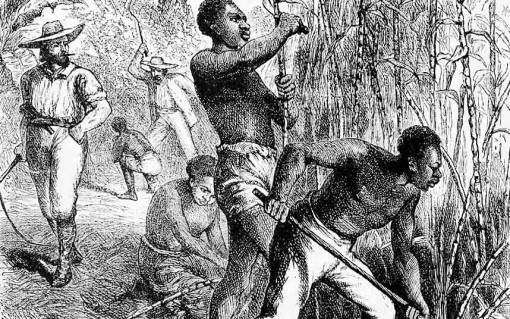
Netherlands
The Dutch Republic was one of the wealthiest nations in the world, accruing much of its wealth from Atlantic slavery. According to an account, economic activities based on slavery contributed 5.2 percent to the gross domestic product of the Dutch Republic in 1770, with 19 percent of Dutch imports and exports consisting of goods produced by enslaved people in the Atlantic. For the Netherlands’ most prosperous province, Holland, the gross domestic product was as high as 10.36 %.
Vlissingen and Middelburg in Zeeland were then the most important slave trade cities in the Netherlands. As phys.org writes: “Between 1730 and 1800, about 500 slave ships departed from Vlissingen or Middelburg, loaded with valuable exports to exchange for people in West Africa.”
Following the tearing down of the Dutch West India Company’s slave trade monopoly in the 1730s, 65 to 70 percent of the Dutch slave trade was handled by merchants on the island of Walcheren in Zeeland. Essentially, the slave trade as well as the trade in goods like sugar, precious metals, tobacco, cocoa, coffee and cotton produced by slave labor formed the most important source of income for the Dutch economy.









